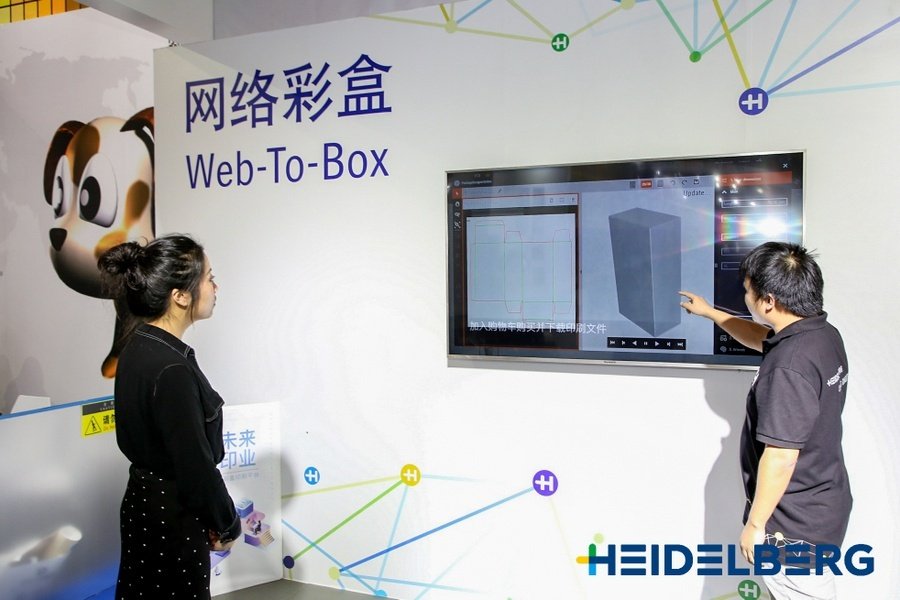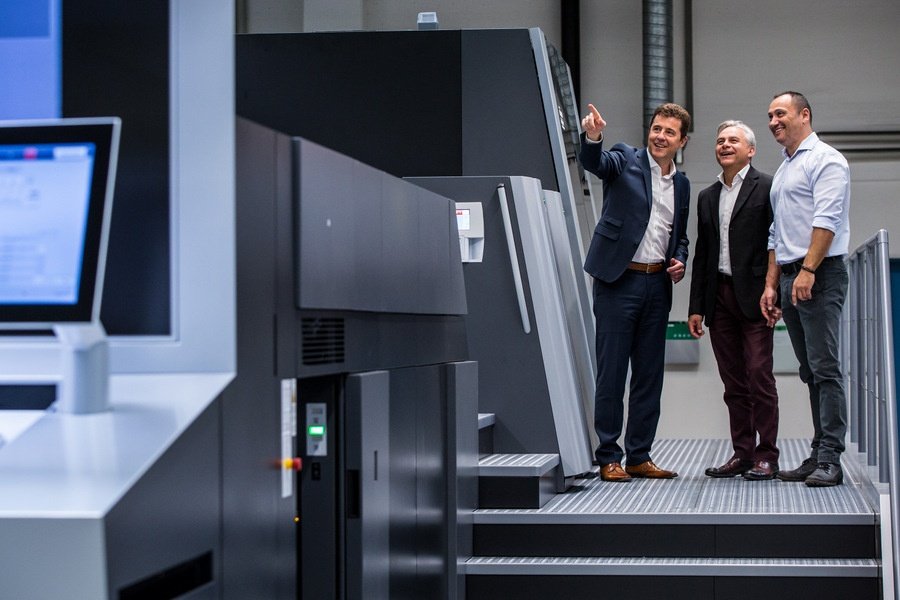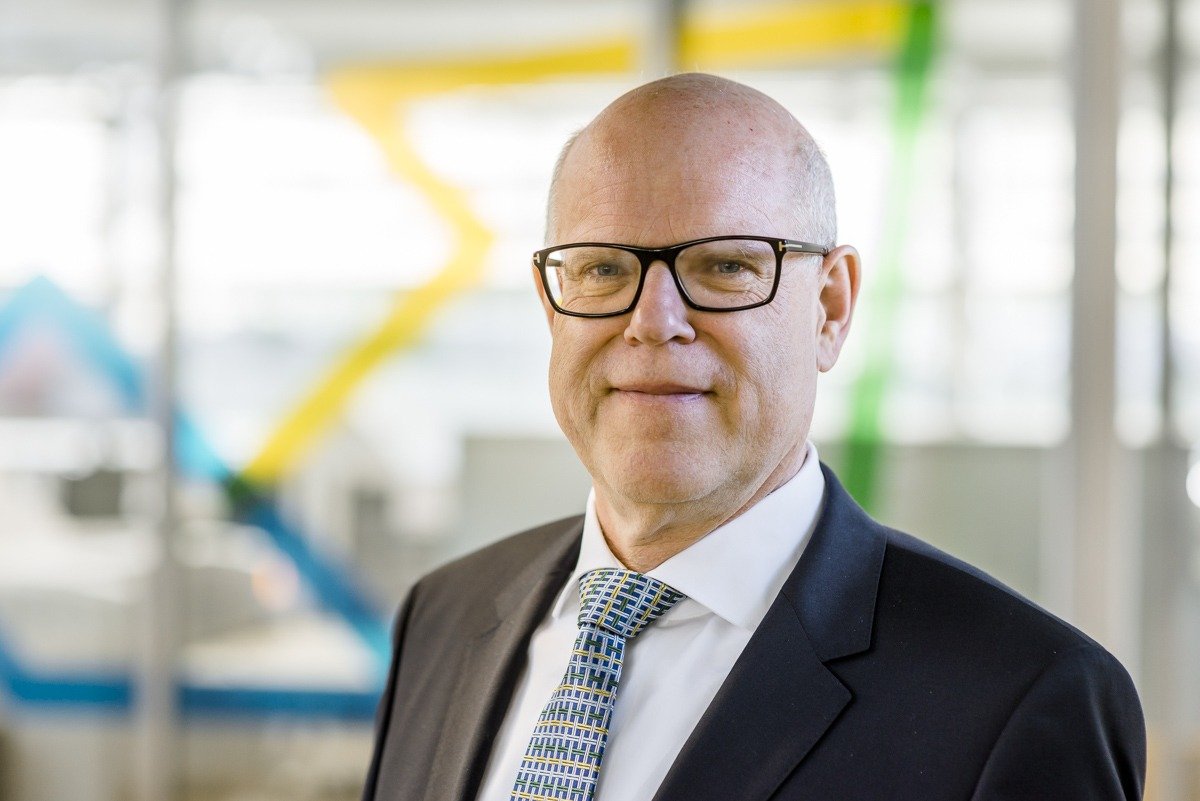Heidelberg restructures, abandons Primefire

By Nessan Cleary
Heidelberg has appear a radical restructuring plan, which is aimed at clearing its debts just likewise essentially rethinks its approach to digital press of packaging. The major part of this restructuring is to concentrate on those products with the highest turn a profit margins and to requite up on those that don't earn plenty to justify their place in the portfolio. Consequently, Heidelberg is abandoning its Primefire 106 B1 inkjet printing, saying that the marketplace for digitally-printed packaging has grown more slowly than anticipated. In practice this means that the production has stopped and the R&D has been frozen while Heidelberg searches for external investors to back up further development.
Information technology's inconceivable that Heidelberg did not beginning arroyo Fujifilm to ask it to put more money into the Primefire, which indicates that Fujifilm turned it down. Interestingly, when I asked Heidelberg whether or not it would keep to work with Fujifilm or look for another inkjet partner, the visitor replied, "At this stage it is likewise early to brand a argument."
That said, both Heidelberg and Gallus accept said that the Labelfire, Gallus' narrow web hybrid press that too uses Fujifilm printheads and ink, will continue.
Heidelberg says that it is still working out who's going to service the existing Primefires, but that "customers do non need to worry about servicing the machines already in the field." I think that if I was trying to proceed a big B1 inkjet press going then I would exist quite concerned that the visitor that supplied it had non thought virtually the servicing before this announcement. Heidelberg is likewise still to decide whether or not to continue developing its Web-to-Pack software, though I think that this was probably one of the smartest parts of its digital packaging plan.

The really interesting aspect is that Heidelberg seems to suggest that developments to its offset presses have rendered a digital press less attractive to the packaging market, even for relatively curt runs, given that the sort of run lengths in packaging that would justify a B1 press tend to exist longer than other market sectors. The argument is that the combination of quick makereadies with fast printing speeds means that the press can produce a big number of pocket-sized to medium runs in any given shift. This means that digital presses only really score on very brusque runs of just a few hundred impressions, which are not so mutual in the packaging market.
The other advantage that a digital press has – fiddling to no makeready time – is cancelled out past the faster running speed of the offset press, up to 18000 sheets per hour, which none of the current inkjets can friction match. It follows that if you're going to use an offset press for short-ish run lengths then yous really accept to have a very efficient workflow, able to gang jobs together on the same plates, and to queue jobs to optimise the paper loading and whatever further finishing steps – but any competent printer ought to be able to manage this, and at that place are enough of vendors and consultants, not to mention magazine articles, able to advise on optimising workflows. Needless to say, I'll take a closer wait at this digital versus outset argument likewise every bit the new presses that would have been shown at Drupa this year in a subsequently story.
The big questions
The bigger question that Heidelberg has yet to respond is, how will it approach inkjet printing, given that these presses are becoming more widespread? Heidelberg told me that information technology notwithstanding sees a future in inkjet printing, yet it has just abandoned its foothold in this technology. I think information technology's likely that Heidelberg's plans circumduct around rebadging another vendor's inkjet presses, equally it has successfully done with dry out toner presses, offer several Ricoh models complete with a Heidelberg workflow.

Heidelberg's sheetfed VLF presses, the Speedmaster 40 145 and 162 are as well for the chop. The main problem hither is that this is a relatively small but stable market, where at that place'south limited opportunity to sell new presses and customers don't tend to be in a hurry to replace those they already have. So Heidelberg is currently talking with customers to meet if any of them want to place a final guild earlier product stops altogether. Heidelberg has said that it will meet all legal and contractual obligations in terms of spare parts and servicing.
For now, future investment spending will focus on developing integrated system solutions that span machines, software, consumer goods and performance services. Heidelberg states that information technology's vision is to "create a cross-industry IoT-based platform to automate all customer-supplier relationships. This solution volition enable print shops to secure a significant gain in productivity."
Essentially, digitisation for Heidelberg appears to mean using IoT to make offset presses more attractive, rather than digital presses, and presumably rebadging other vendor'due south digital presses to fill in the gaps. The fob, of course, will exist persuading customers that Heidelberg has the necessary software expertise to do this. This volition exist harder than it sounds since most other vendors are planning on doing the opposite – using their IoT skills to give digital devices an border over conventional presses. Heidelberg may have hoped that its subscription concern model gave it an edge hither, just the subscription model besides has been given the chop co-ordinate to the Heidelberg action (restructuring) plan of eighteen March 2020.
Rainer Hundsdörfer, Heidelberg'due south Chief Executive Officer, explained, "Heidelberg'due south realignment is a radical pace for our company that also involves some painful changes. As hard as it was for us to brand this decision, it is necessary in lodge to put our company back on track for success. Discontinuing unprofitable products enables us to focus on our stiff, profitable core. This is where nosotros will further extend Heidelberg's leading market place position past leveraging the opportunities of digitalization. Going forrad, we will continue to provide our customers worldwide with technologically leading digital solutions and services across the lath."

The other one-half of this restructuring programme involves a big cash injection of roughly €375 million in the form of a return transfer of part of the liquidity reserves from the trust fund managed past Heidelberg Pension-Trust e.5. Heidelberg says that this will non touch the existing and future pension entitlements every bit the Board of Heidelberg Pension-Trust has agreed to reduce the assets held in trust to a level that provides for those alimony entitlements not covered by the statutory pension plan.
This, along with the repurchase of a €150 million high-yield bail should reduce the company'south outstanding debts, giving it a degree of financial stability. Ultimately the aim is to achieve a €100 million comeback in EBITDA, excluding the restructuring result, with Heidelberg stating, "The financial independence that this volition create will give us greater room for manoeuvre and brand the company more responsive."
The restructuring will also affect upwardly to two,000 jobs worldwide. This may also include plant closures, though Heidelberg has yet to negotiate with its employee's representatives. Depending on the result of those negotiations too as accounting charges in the financial year 2019/2020, the non-recurring expenses necessary to implement the activeness package are estimated to total near €300 1000000.
Heidelberg has stressed that this is function of a long term business organisation plan and not something caused by the current global crisis over the Coronavirus. Nonetheless, the pandemic volition affect Heidelberg's earnings, with the company warning that the full year results will probably prove a loss. The restructuring itself volition by and large bear upon the coming year so that Heidelberg is not expecting to see a return to profit until at least the results from its 2021-2022 fiscal twelvemonth.

However, information technology's also worth noting that Heidelberg has lost several board members recently with Ulrich Hermann officially stepping down this week. Hermann oversaw the subscription business model that Heidelberg is now so heavily reliant on and his departure leaves just ii board members – CEO Rainer Hundsdörfer and CFO Marcus Wassenberg.
Instead, Heidelberg has set up an Executive Committee, which sits ane level below the management lath, and is responsible for cantankerous-product customer solutions and the operational functions. Hundsdörfer says that this volition be more efficient simply and so every leader, whether of companies or countries, thinks that they would be more than efficient if they were just left to get on with making decisions without anyone else questioning them, which is fine, right up till the point when it isn't.
Personally, I think it's a little strange that a visitor the size of Heidelberg is ultimately run past just ii board members. I suspect that near shareholders would probably feel more than reassured if the Executive Committee were promoted to full lath members and truly able to exercise some kind of oversight, which is after all ane of the major functions of a board of directors. I dubiousness that I'chiliad the only person that feels more a little uneasy over this lack of accountability.
Such oversight is specially important right at present, when Heidelberg is completely altering its business model, relying more heavily on subscriptions, servicing and data analytics, having outsourced most of its postpress range and now cut its heavy metal product portfolio back to the core, nearly profitable presses. And let'southward not forget, the Primefire was in one case a big office of Heidelberg'south future and now that'southward just seen every bit eight years and quite a bit of money spent on chasing the incorrect direction.
The commodity was start published on nessancleary.com
Source: https://packagingsouthasia.com/events/heidelberg-restructures-abandons-primefire/
0 Response to "Heidelberg restructures, abandons Primefire"
Publicar un comentario